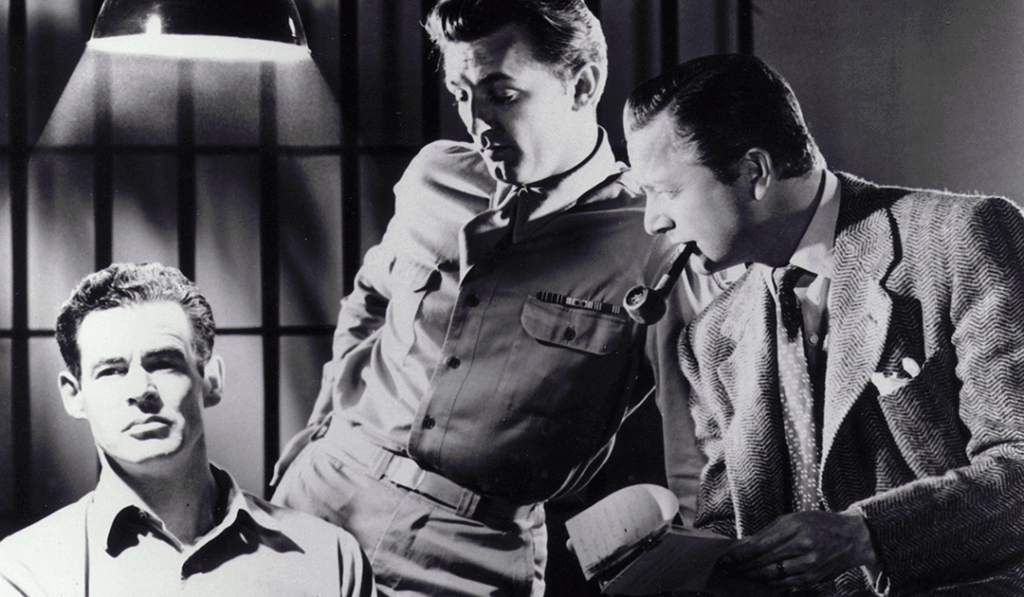A monk was trying to meditate in the temple with several students. He was distracted by the squawk of a bird in the room. He asked one of the students to put a cloth over the cage to quiet the bird.
The next day, the student put the cloth over the cage before meditation without being asked, and continued to do so for many months. New students joined the class and, over the years, the original students moved on, the monk passed away and so did the bird. It was 10 years later and a new monk came to the temple to meditate. A student got up and put a cloth over the empty bird cage in the corner. The monk called him over and asked what he was doing. The student said, “We always lay a cloth over the cage before we meditate.” The monk asked why. The student said, “I have no idea.”
Many of us travel through life without ever stopping to ask, “Why is that?” Some things are the way they are because nobody has thought to change the practice or behavior. We need to always be mindful of this in negotiations: just because that’s how it’s been done before, it doesn’t mean it’s the best way to do it or that it even makes sense.
“Process,” or how we will get to “done,” is a critical and often ignored part of a negotiation. We engage with the other party who sets the ground rules: “We will meet for an hour on Monday and give you our positions and ask you to respond on Tuesday. On Wednesday we will tell you if your response is acceptable or not and then you can revise your response by Thursday.” If you were to ask “Where did this process come from?” chances are the response would be: “That’s how we always do it!” Because we don’t want to come across as difficult or challenging, we go along with the plan though it seems woefully inefficient. Next time, try asking if there is a better way.
“Larry, I’d like the process to be structured as well, but if it’s OK with you, could we discuss some ideas for potential changes? My concern is if we only have an hour to hear your issues we won’t have enough information to give you a good response Tuesday.”
“OK, Alice, what would you suggest? I don’t want this to drag on forever.”
“Neither do we. Could we see what we accomplish in the first hour and then determine how much time we need for us to ask questions and clarify issues? I want to make sure we understand and are responding to your interests. Otherwise, our response may not address the problems you are trying to solve.”
“That sounds reasonable. I will schedule two hours for Monday to make sure we have enough time.”
What Alice has done is reserved extra time to clarify Larry’s points and, if she prepares well, she will take a first step toward building an environment of collaboration among the two teams. She wants that first meeting to end with a shared sense that the teams are trying to work together to produce the best outcome possible for both parties. Then the teams can modify the process accordingly.
A poorly laid out process will impact the substance of our negotiations. It will also hurt our relationship rather than help it as tensions arise because progress is slow. Design a process together that 1. focuses on driving out the parties’ interests and creating options to solve issues and 2. gets the parties working together as “joint problem solvers” to enhance the relationship. Don’t agree to keep throwing sheets over empty cages!



